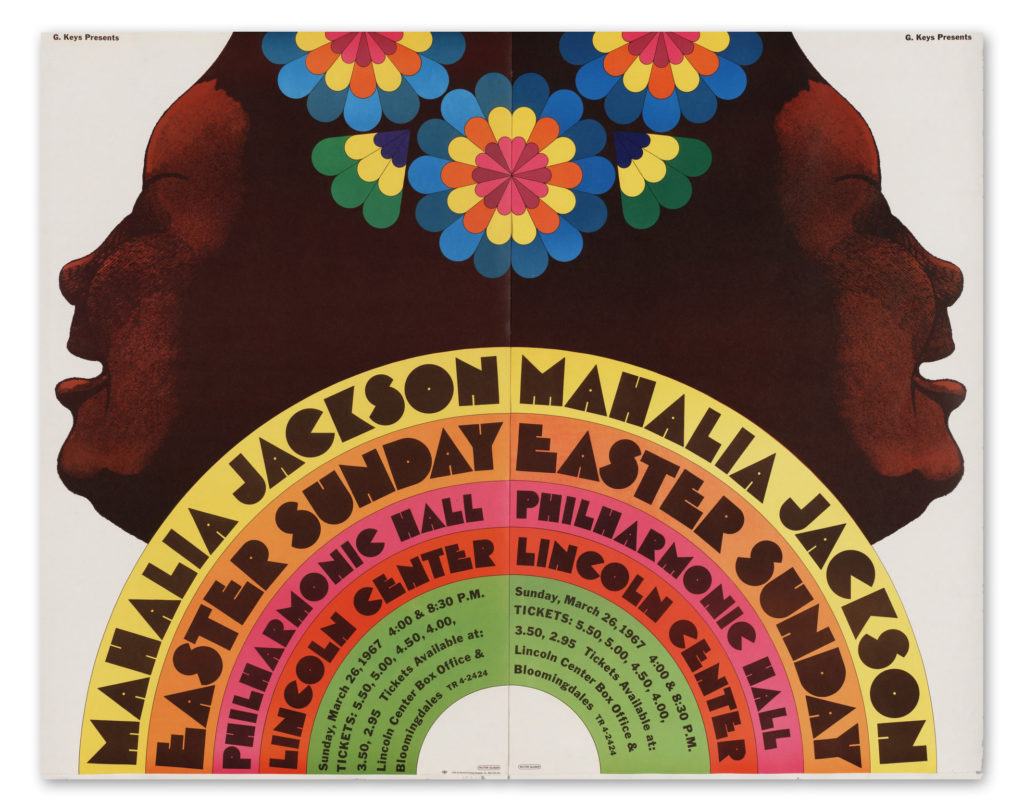Milton Glaser: For Love of Design

Designer Milton Glaser, who passed this week on his 91st birthday, left a body of work that transcends the decades. His “I love NY” logo, psychedelic Dylan poster, and Mahalia Jackson album cover will forever remain part of our cultural iconography.
His love of design remained strong to his final days. For Milton, design wasn’t a profession or merely a means to accrue wealth and fame. It was a process of observing, learning, communicating core ideas. It is fitting that the last piece that he was working on when he passed was a graphical treatment of the word “Together” to encourage the public struggling through the covid 19 pandemic.
Read More »


